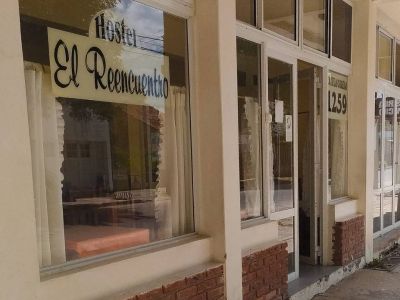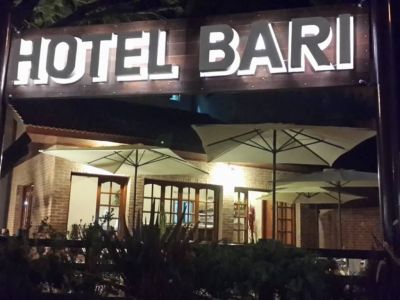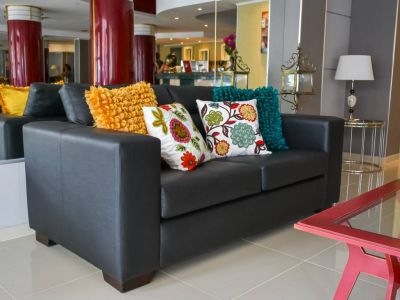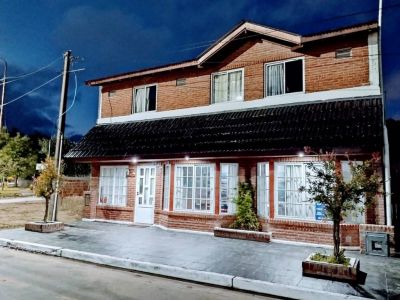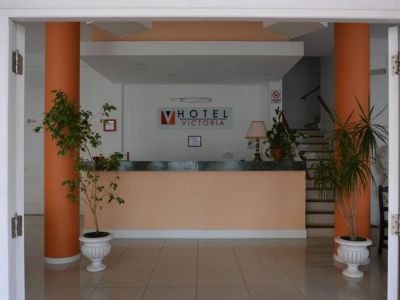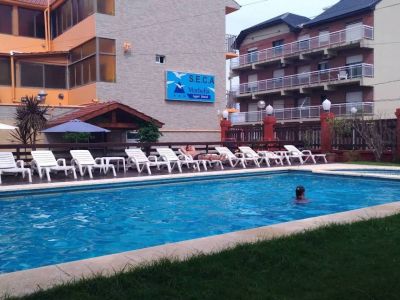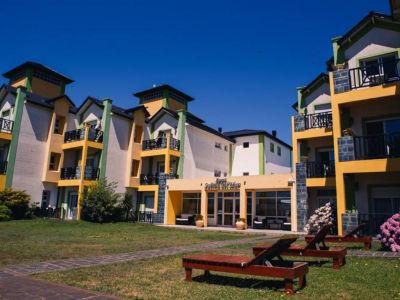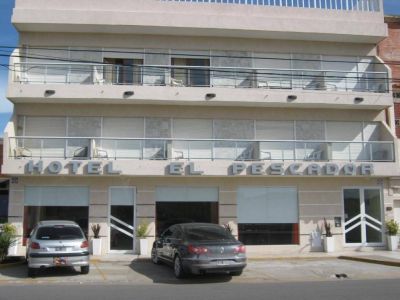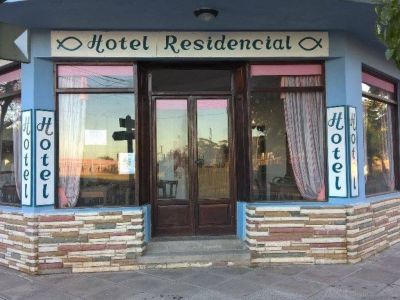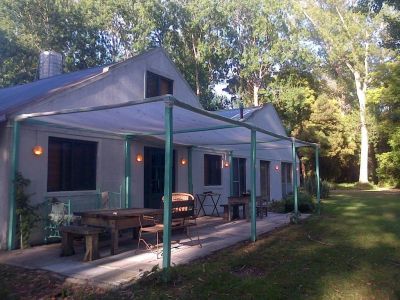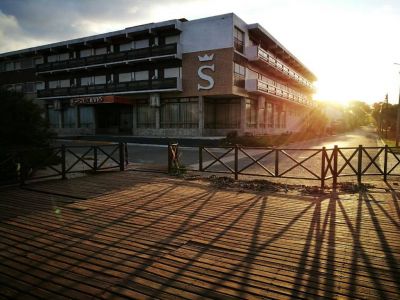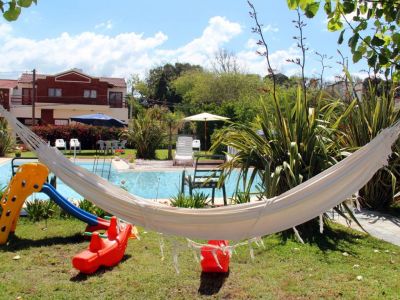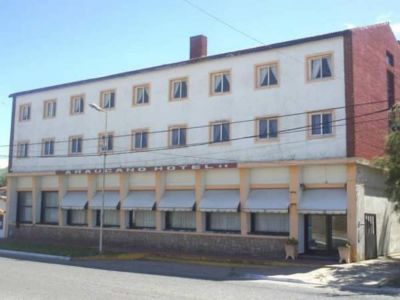It was one of the first settlements on the coastline of the Province of Buenos Aires, in the lands of the estancia called El Centinela, owned by Rafael Cobo. Fulvio Plácido Springolo came to this location from Punta Médanos in 1933 and it was then that the idea of turning this site into a beach destination emerged.
The last owners of the land were Isaías Ramos Mejía and Rafael Cobos, who created a land and beach partnership where the first housing units were built.
This urban development was called La Margarita, a name taken from a ship that wrecked off this coast in the late nineteenth century. Today, this fact is commemorated with an impressive mural that occupies half a block on the corner of San Martín Avenue and the sea.
City Tour in Mar de Ajó
Our tour around the city started at San Martín coming from Provincial Route 11. However, Mar de Ajó may also be accessed from San Bernardo, because both resorts have been joined by the booming edifices. What is more, a small milestone establishes the limit between both destinations at 1500 on the Waterfront Avenue.
At 600, San Martín Avenue lies the local tourist office, a good site to make a five-minute stop and gather all the necessary information.
Our first stop lay a few meters away: at 300, on the main avenue, there stands the Monument to the Liberator and the Sea, a tribute to General San Martín representing his arrival in Paracas Bay, Peru, on board the Moctezuma schooner.
This is a ten-meter-high work made with wood, cement, iron and metal by sculptor Ricardo D’Emilio. It was inaugurated in August, 1988, for the twentieth anniversary of the Rotary Club in Mar de Ajó.
Next to it, there lies the Monument to those lost at sea, which features three fragments of a pole from the vessel called Vencedor, which sank 10 kilometers south of the district.
We were in the very center of Mar de Ajó when we resolved to visit the commercial area. Irigoyen Street, epicenter of all store, cinema and theater marquees starts at 100, San Martín Avenue. The casino is located on Espora Street, between Belgrano and Irigoyen Streets.
The city becomes alive after six or seven in the afternoon on beach days, when this area turns into a real ants' nest in search of handicrafts, bijouterie, chocolates, alfajores, amusement with the video games or just a relaxed stroll.
Towards the other end of town, heading for San Bernardo, the pier lies at 800, on the Waterfront Avenue. This is the latest and largest in the area known as Partido de la Costa, featuring a 270-meter-long structure made of reinforced concrete we describe in the corresponding tour.
This destination has a great fishing tradition. So much so that the National Whitemouth Croaker Festival has been held at this location every year since 1968.
Last but not least, we visited another attraction recommended by the tourist office and located on the beach: the Orca Promenade. This is a small esplanade that lies at 1000, Avenida del Mar (Seafront Avenue), with a large structure that represents the sea mammal and attracts children, who end up portrayed in a photograph.
Already in the outskirts, a few meters away from the access roundabout, there lies Rubén Luis Di Palma Regional Racetrack, where the national car racing calendar starts every year with the visit of Tourism Car Racing in February, thus starting the most important and popular car racing championship in the country.
Pablo Etchevers
Pablo Etchevers














